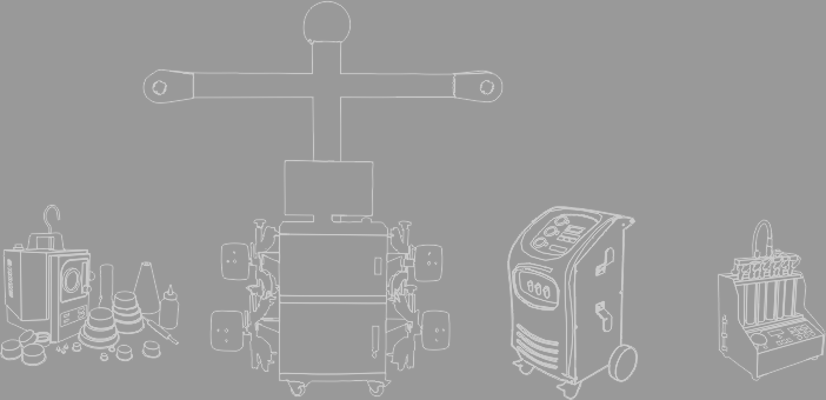
Wheel balancing is a separate issue from wheel alignment,
Essentially, when a car’s wheels are correctly balanced they will rotate with vibration. The simple explanation of wheel balancing includes reference to spots on the wheel and/or tire that are heavier than the rest of the wheel. Our team places a lead weight on the side of the wheel opposite to the heavier spot, to balance out the weight.
In contrast, wheel alignment has to do with angles,
whether the wheel is perfectly parallel, toes in or angles in or out at the top, for example. This may also cause some wobbling or vibration but it is different from the effects of wheels that are out of balance. Most of the time we will notice this when looking for problems with your alignment as we look for unusual wear on the tire. You will also notice an alignment problem if you have difficulty keeping the car traveling in a straight line. More About Wheel Alignment
When car wheels are not properly balanced, there will be vibration when the car is driven at a higher speed on the open road.
This often occurs when the car reaches approximately 75 kms per hour but can also be noticeable at higher speeds. Passengers may also feel this vibration through the floor of the car or even through the seat. Tires will wear improperly when out of balance as well, but this shows up with cupping or concave wear.
Even 30gms of extra weight on one side of the wheel can lead to significant vibration.
At Patersons we use a specially designed machine that turns the tire at a high rate (spins). This locates any heavy spots on the outer edge of the wheel. That is when a lead weight can be attached on the side opposite the offending spot. Sometimes, less-expensive tires will lose balance and cause symptoms similar to unbalanced wheels. Buying better tires is one way to avoid this problem that is associated with wheel balance problems.
New technology allows service personnel to use a computer-readout style of balancer.
This method indicates places where the wheel is heavier and indicates where to place weight to compensate. The common balancing weight is made of lead and is tightly pressed or clipped onto the wheel. While these have been in common use for years with steel wheels, some of the new alloy and designer-style rims don’t work well with the rough lead weight. There are new types of weights that attach with an adhesive, which may eliminate scarring and scratching.
Wheel alignment is an adjustment we can make on your vehicle to ensure the tires are calibrated to 'point' straight ahead.
Proper wheel alignment makes a vehicle steer easily and allows tires to wear evenly. When wheels are not aligned various problems result. With the current road conditions in Christchurch due to the earthquake we are seeing many many vehicles whose wheel alignments are affected. Tires can be nudged out of alignment by accidentally hitting them against objects such as curbs and parking blocks, or by catching a center cement divider while making a miscalculated turn. Once a tire is knocked out of alignment, its orientation on the vehicle is slightly off-center. The degree of misalignment is not obvious to the human eye, but the effects will be noticeable. There are telltale signs of a vehicle in need of wheel alignment. The tire that is pointing off-center will pull the vehicle in the direction it is oriented. For example, if the right front tire is nudged slightly inward (left), the steering wheel will pull left while driving on a flat, even surface. The driver will have to maintain a right-pull on the steering wheel to keep the vehicle headed straight —- even when driving on a flat, straight road. This is not only annoying, but the tire that is out of alignment will also wear prematurely and unevenly because of the constant drag placed on its tread. The drag can also impact on your fuel consumption. Uneven tread wear is a sign that the car was driven quite a while with improper wheel alignment. Often, the inner tire tread will wear down smooth while there is still plenty of outer tread left, or visa-versa. The result is that tires have to be replaced sooner rather than later. If tread wear is "cupped," the vehicle was driven with the tires out of balance as well. Wheel alignment normally takes less than one hour. The vehicle is placed on a platform, which allows the wheels to spin while a computer calculates orientation. The computer compares this to a database of manufacturer specifications for the year, make and model of the car. If wheel alignment is off, an adjustment is made and the vehicle is tested again. Balancing can be done at the same time, if required.